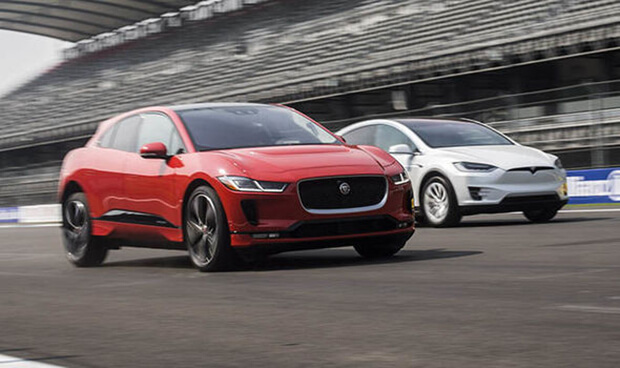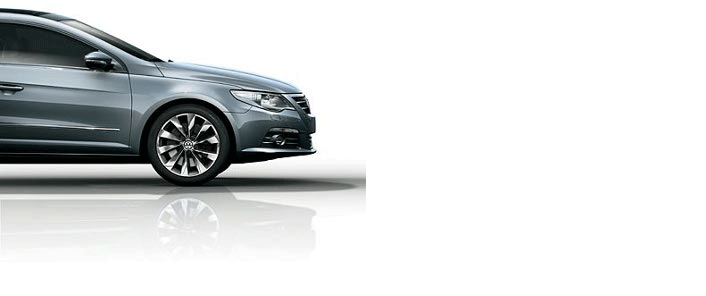Jaguar claim they could beat Tesla’s ludicrous mode

Jaguar has claimed that they could easily beat Tesla’s speed record but says it decided not to be drawn into an acceleration race between the I-PACE and Tesla Model X.
Tesla’s Model S and Model X EVs have made headlines with their hard-core ‘ludicrous’ launch mode which generates supercar-beating acceleration but Jaguar has resisted the temptation to get into the speed wars, insiders say.
Jaguar’s first battery-electric SUV, Jaguar I-PACE, therefore, cannot match the Tesla Model X P100D’s heroically rapid 0-100km/h sprint of 3.1secs but this doesn’t mean that it couldn't if it was important to Jaguar.
Jaguar I-PACE’s engineering manager, Dave Shaw, said that the I-PACE could have easily outrun the Tesla Model X as the fastest accelerating SUV in the world if that was the objective but they maintain that the objective and priority was drivability and reliability. Shaw said during this week’s Jaguar I-PACE launch in Portugal.
“We weren’t looking for bragging rights, deliberately not… No,”
“It certainly wasn’t because we couldn’t… It’s because we didn’t want to. We chose not to,”

The Jag I-PACE has a similar battery density to the Tesla Model X. It has almost as much energy from its 90kWh battery. It’s twin electric motors (1300 amps versus the Tesla’s 1500 amps) is also comparable but Jaguar is ensuring customers get the full luxury car experience. Shaw went on to say:
“This car for us was all about proving that we’re an innovative company but also delivering a Jaguar [experience] – and that’s absolutely key, this car has to be a Jaguar,”
“There’s many, many customer attributes and [it’s like] they’re all on a graphic equaliser and you just dial it in to what the customers wants and expects. And they key for us with this car is to make it as appealing to as many people as possible,”
The Jaguar I-PACE can accelerate from 0 to 100km/h in 4.8secs, which is slightly better than the Tesla Model X 100D’s 4.9 secs, a car whose circa $180,000 price is closer to that of the I-PACE than the quarter-million dollar ludicrous mode-equipped Model X. Shaw went on to say that the new I-PACE will deliver a more seamless driver experience.
“Fundamentally the [acceleration] limit is often the mass properties of the car and contact patch of the tyres and the ability to transfer the energy into the motors. But then you get into the drivability and what you want the customer to feel,”
“Do you want a smooth take-off or a violent take off or to break your neck?” he asked.
The first serious EV rival from a mainstream luxury car maker, I-PACE is treading carefully. It’s likely that upcoming EV SUV competitors such as the Audi e-tron and Mercedes-Benz EQ C will tread a similar path.
“If you have a powerful battery, a powerful motor and you have the cabling in the car that will carry the current and the chemistry in the battery is such that… you can provide it to the motors… you can go as fast as you want.”
“Physics is physics,” said Shaw.

Author

Justin Kavanagh
Justin Kavanagh is a recognised leader
in automotive intelligence and vehicle
data supply to the entire motor industry.
He has almost 20 years experience in
building systems from the ground up.
As the Managing Director of Vehicle
Management System, he understands the
need and importance of trustworthy and
reliable vehicle history and advice to
both the trade and the public.
Follow me on LinkedIn